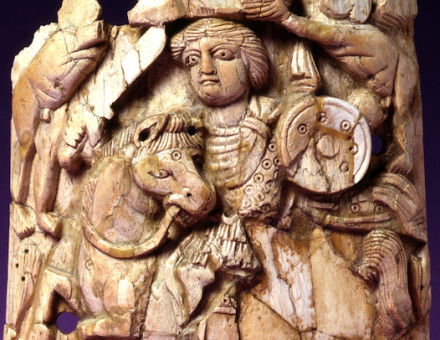A History for England
Confusion between English and British history goes back a long way, as Alan MacColl reveals.
In 1154 the monks of Peterborough Abbey made the final entries in what was, so far as we know, the last active version of the Anglo-Saxon Chronicle. The main events they recorded were the death of King Stephen, the accession of Henry II, the death of their abbot, and the appointment of his successor. So ended a tradition that had begun when the historical records of the English people were brought together in the ninth century, during the reign of Alfred the Great. It would be two hundred years before the nation’s history was written in English again.
In the following year, 1155, the Norman poet Wace completed his Roman de Brut, a history of the Britons adapted from Geoffrey of Monmouth’s Latin History of the Kings of Britain and written for presentation to Henry’s queen, Eleanor. The contrast between the highly-wrought, almost wholly fictitious, courtly French verse ‘romanz’ and the bald English prose record of events could hardly be greater. Yet the fortunes of the Anglo-Saxon Chronicle and Geoffrey’s British narrative were already linked by the time Wace wrote his poem, and would become inseparably connected in the centuries that followed.





